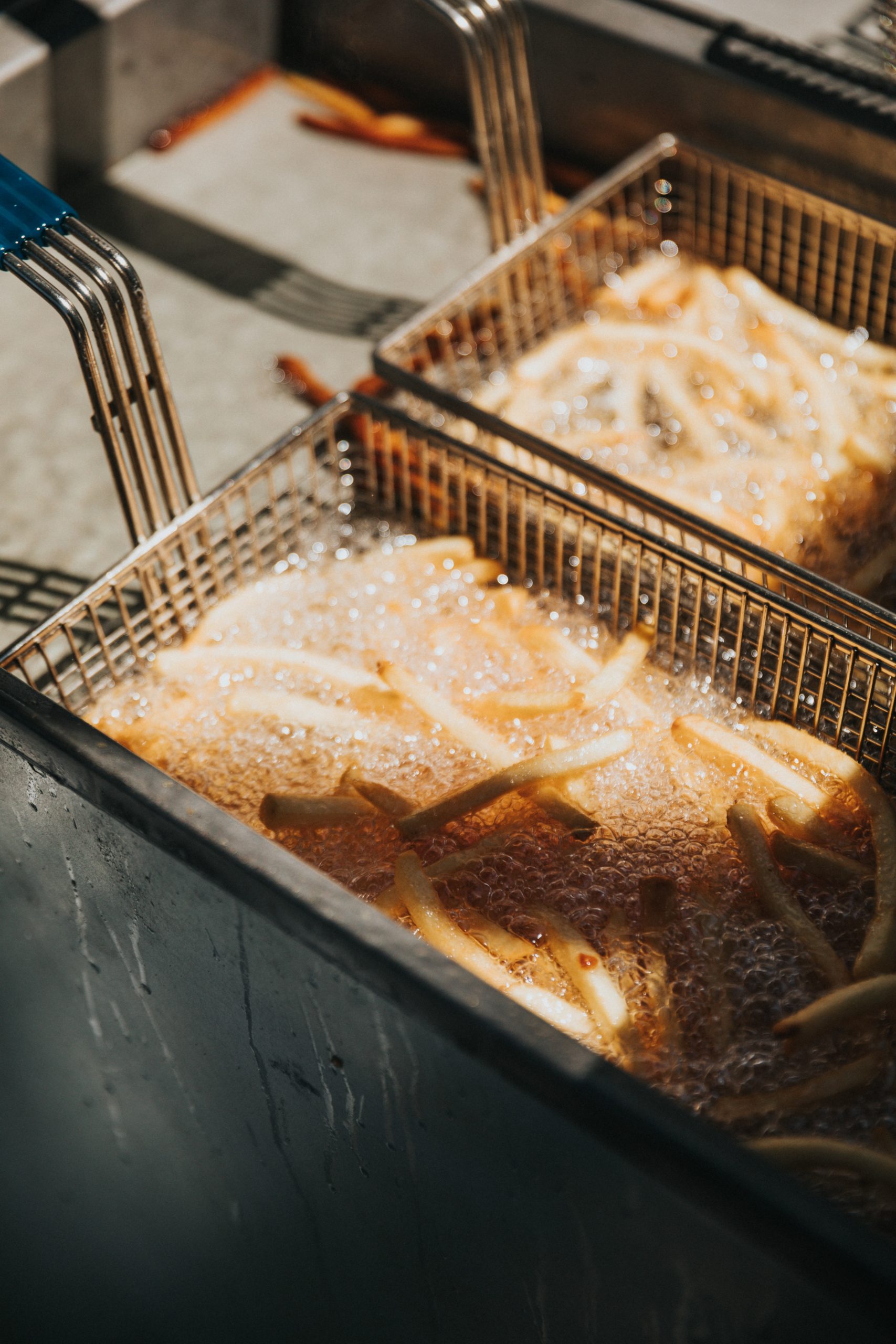 Fats, oils and grease (FOG) disposal requirements in Miami have stiffened up in recent years, and if you operate a commercial kitchen of any kind, you need to be in know (and in compliance) with these requirements, or you’ll risk facing penalties and fines.
Fats, oils and grease (FOG) disposal requirements in Miami have stiffened up in recent years, and if you operate a commercial kitchen of any kind, you need to be in know (and in compliance) with these requirements, or you’ll risk facing penalties and fines.
What to Know About FOG Disposal in Miami
Any restaurant or food establishment in Miami-Dade County must comply with stringent grease-related requirements in an effort to help the state move toward a zero-grease waste factor. Per the Environmental Code of Miami-Dade County, even FOG concentrations as low as 150 mg/L can impact sewage collection, transmission and treatment facilities. Sewer issues related to oils and grease can lead to backed-up water flow, overflows and other city-wide problems due to FOG in the pipes. None of us wants to bear witness to that.
To remain in compliance with Miami-Dade code requirements for fats, oils and grease disposal, you need an effective grease trap (a.k.a. grease interceptor). This could mean that bigger tanks or double tanks with newer technology may be needed to achieve the zero-waste goals set by many Florida cities and counties. For insight into what to look for in a grease trap for your restaurant, read our post on the best grease traps for your commercial kitchen.
Contact Us Today to Discuss Your Restaurant Goals
Before getting started on a restaurant project, be sure to talk to us at Seacoast Construction. Though zero-waste is a goal across the state, each city and county will have different requirements.
For example, Chapter 24 of the Environmental Code of Miami-Dade County (Section 24-18) requires that FOG control devices be installed and that a sampling point be provided on the discharge side of the grease trap to measure exactly what is being disposed of. It’s important to understand – and meet – the requirements specific to your location in order to secure permits and approvals.
Get in touch with us at Seacoast Construction for help with your restaurant construction project.
- test :


